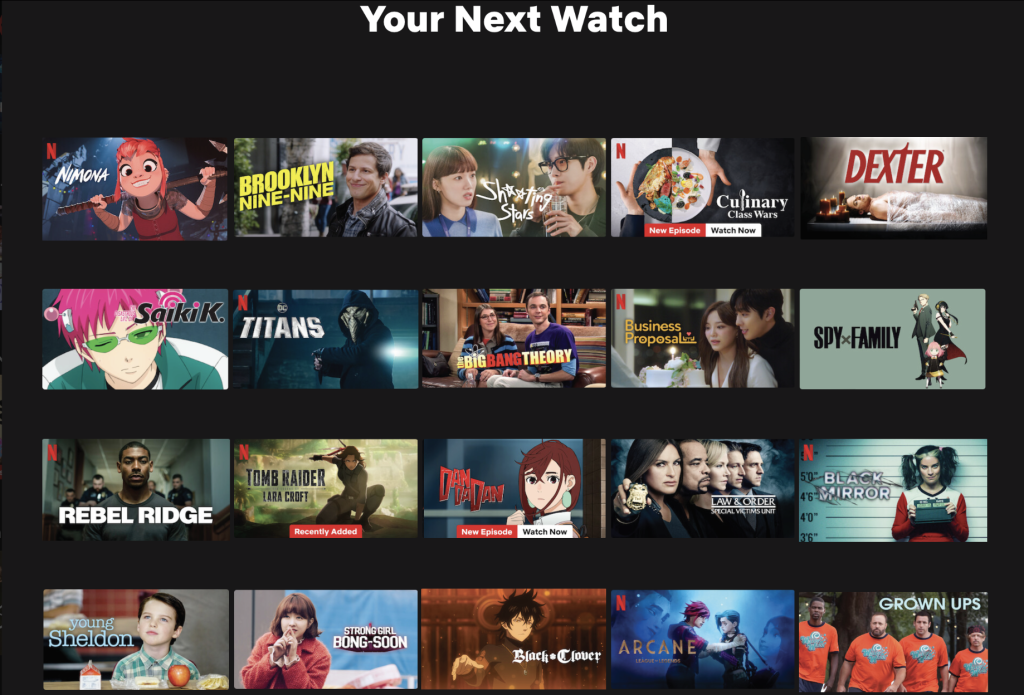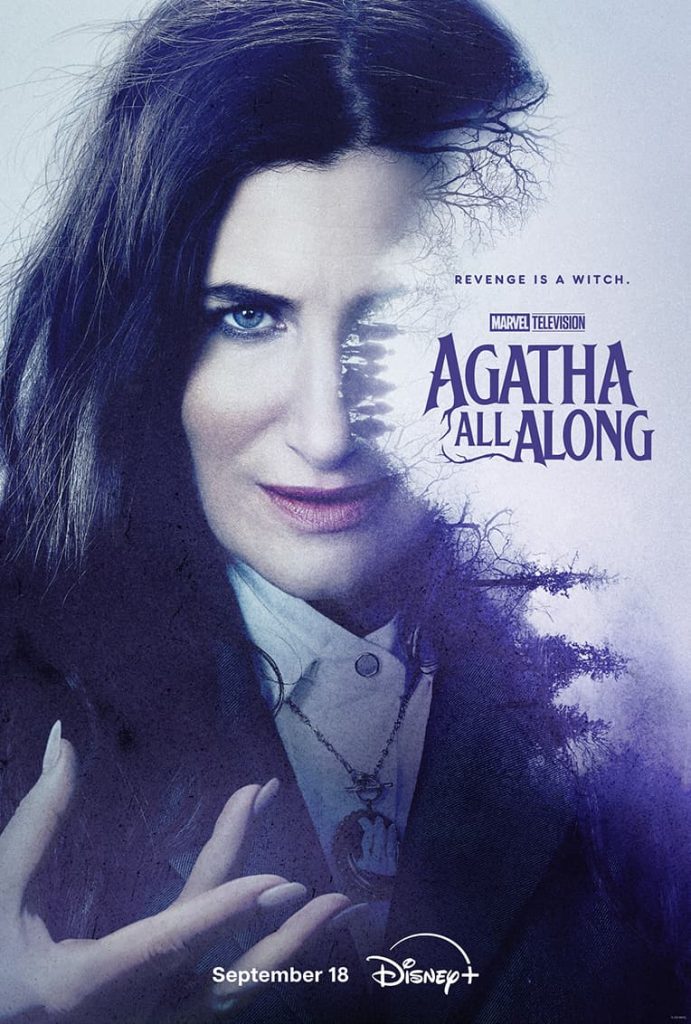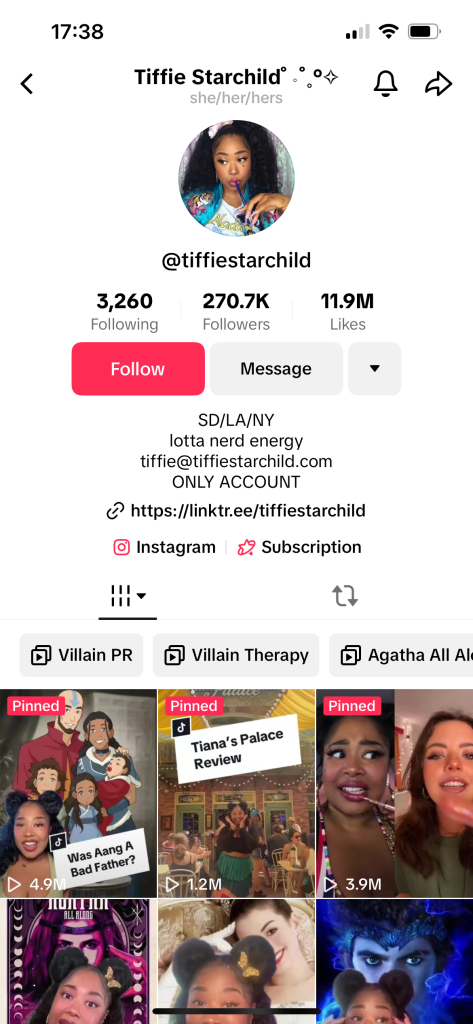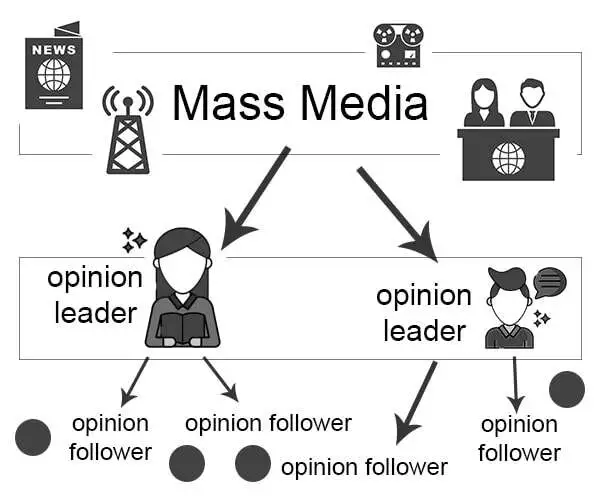How many TV shows or movies you have watched are recommendations from self-proclaimed “cinema aficionados”, whether it be family, friends, work colleagues, or random people on your social media explore page? A significant proportion of the entertainment we consume are recommendations from people we like, respect, and consider more knowledgeable about what’s good and what’s not. According to Lagerfeld and Katz, they are ‘opinion leaders’ who intercept and interpret the media’s messages and then inform everyone else about it, referred to as the Two-step theory (Katz & Lazarsfeld, 1955). But what exactly is the two-step theory?


What is the two-step flow theory?
Lagerfeld and Katz developed the two-step flow theory to explain the flow of communication from the media to the general public. The theory states that the flow of communication from the media to the general public is not a direct flow of communication; instead, it happens in two stages. The first stage is the flow of communication between the media and opinion leaders; these people hold status within society and are well respected and well-liked. The second stage is between the opinion leaders and the general public; they interpret the media information and share their thoughts and opinions with the general public, creating its influence (Uzunoğlu & Misci Kip, 2014).

To make it more clear, take TikTok influencer marketing in the entertainment industry as an example. Influencers are the opinion leaders of social media. Due to their following and status, they have a global community of people with similar interests that they can influence to consume certain media, making them perfect marketers for brands to reach wider audiences (Álvarez-Monzoncillo, 2022). For example, during the upcoming weeks of a new film premiere, the production company in charge may decide to host an early access premier and invite influencers to make behind-the-scenes content and provide their review of the project on their social media accounts. Furthermore, suppose the movie falls into the category of a niche genre. In that case, they might invite influencers whose online content and following align closely with the movie themes and target audience.

To simplify, the media is the film or TV show, the opinion leaders are the influencers, and the general public is their followers.
The application of the theory

To put this into practice, let’s apply it to Marvel Studios and TikTok influencers. TikTok has become a social hub for the Marvel fandom to engage with one another, create fan theories and discuss upcoming releases. In the past, Marvel has invited TikTok influencers within the Marvel fandom to early access premier events such as Black Panther: Wakanda Forever, Loki season 2 and Agatha All Along, to provide spoiler-free reviews and their interpretation of the project for their followers to increase their anticipation for the film. The impact is that instead of relying on Marvel’s promotional content, fans rely on key figures within the fandom to decide whether or not to watch the project. It is also helpful for shows with weekly releases as fans can follow influencers who interpret and discuss each episode, keeping the fandom active and engaed by discussing theories and predictions for upcoming episodes and enhancing the viewing experience.



References
Agatha All Along (2024): Synopsis, cast & characters: Marvel (2024) Marvel.com. Available at: https://www.marvel.com/tv-shows/agatha-all-along/1
Álvarez-Monzoncillo, J.M. (2022) The dynamics of Influencer Marketing: A multidisciplinary approach. London: Routledge.
Icons by Freepik
Katz, E. and Lazarsfeld, P.F. (2006) Personal influence: The part played by people in the flow of Mass Communications. New Brunswick, N.J: Transaction Publishers.
Media Studies (2022) Two step flow theory of communication: Definition and analysis, Media Studies. Available at: https://media-studies.com/two-step-flow/
Tiffiestarchild. TikTok. Available at: https://www.tiktok.com/@tiffiestarchild
Uzunoğlu, E. and Misci Kip, S. (2014) Brand Communication Through Digital influencers: Leveraging blogger engagement.


This blog provides a clear explanation of the Two-Step Flow Theory and its importance in today’s influencer-driven media environment. I particularly appreciate your emphasis on the role of opinion leaders, especially on social platforms like TikTok, which have played an important role in shaping our entertainment choices. The example you provided about Marvel Studios interacting with TikTok influencers effectively shows how this theory is applied in real life. This makes it easier for readers to understand the connection between theory and reality.
In the meantime, perhaps blogger can consider exploring the potential downsides of this influence model. Firstly, influencers often create an echo chamber, where the ideas shared become similar, limiting the diversity of voices. Secondly, relying on influencers’ opinions can make consumers lack independent thinking and be easily influenced by content driven by commercial interests. Additionally, some influencers may share false information to gain more views, which can confuse the public’s understanding of media content. These factors can weaken people’s exposure to diverse cultures and independent information.
This is a great blog, I hope my suggestions are useful to you.
Thank you for your insightful post! I love how you namef specific examples, it helped clarify the concept even further. I also look for reviews online before deciding if I watch a movie or not – reading this made me realise I do rely on opinion leaders. I see how this can enhance the viewer experience, but I would love to read about the drawbacks of relying on these influencers. Thank you for this interesting read c:
Great post! I really liked how you explained the two-step flow theory and connected it to influencer marketing on platforms like TikTok. It’s interesting to think about how much of our entertainment choices are shaped by influencers who act as “opinion leaders.” Your example of Marvel inviting influencers to premieres is a perfect illustration of how this theory works in real life.
One thing I’m curious about is whether this influence can sometimes be too strong, with fans possibly valuing influencer opinions more than their own thoughts. Do you think there’s a risk that this reliance on influencers might limit viewers’ individual perspectives on movies or shows?
You did a good example of the two step flow theory which made me understand it well done